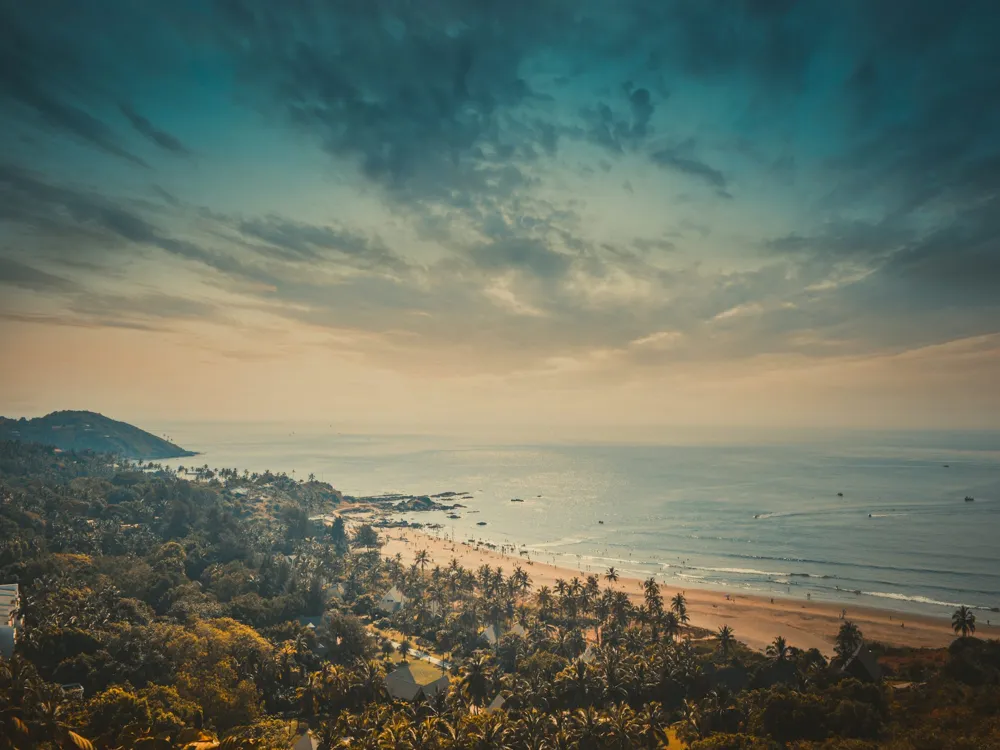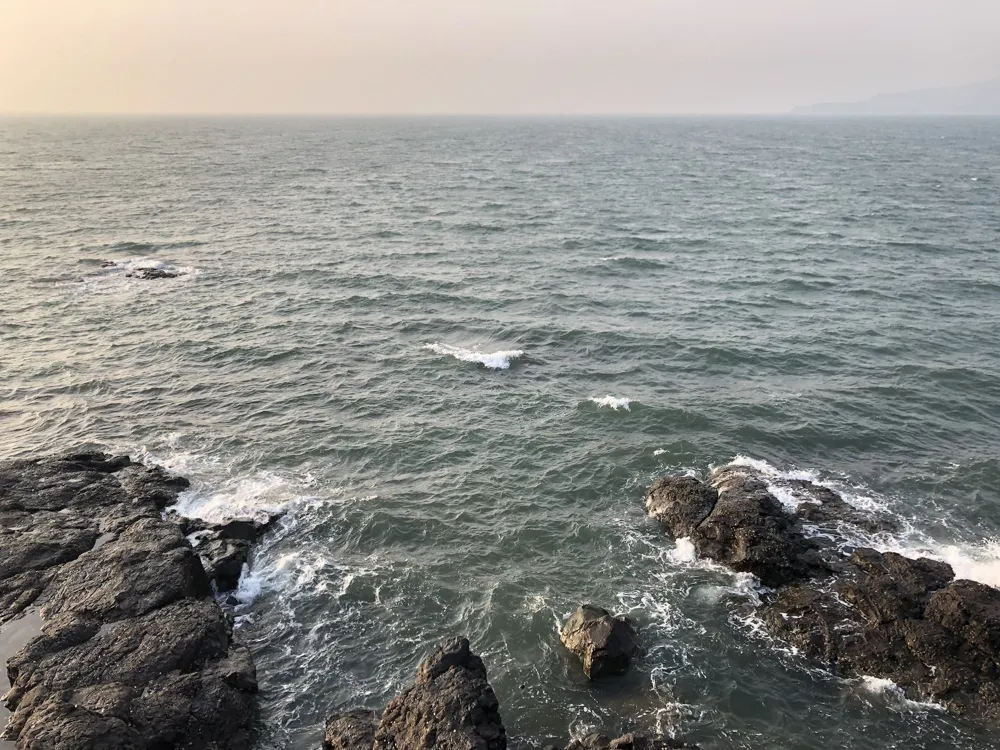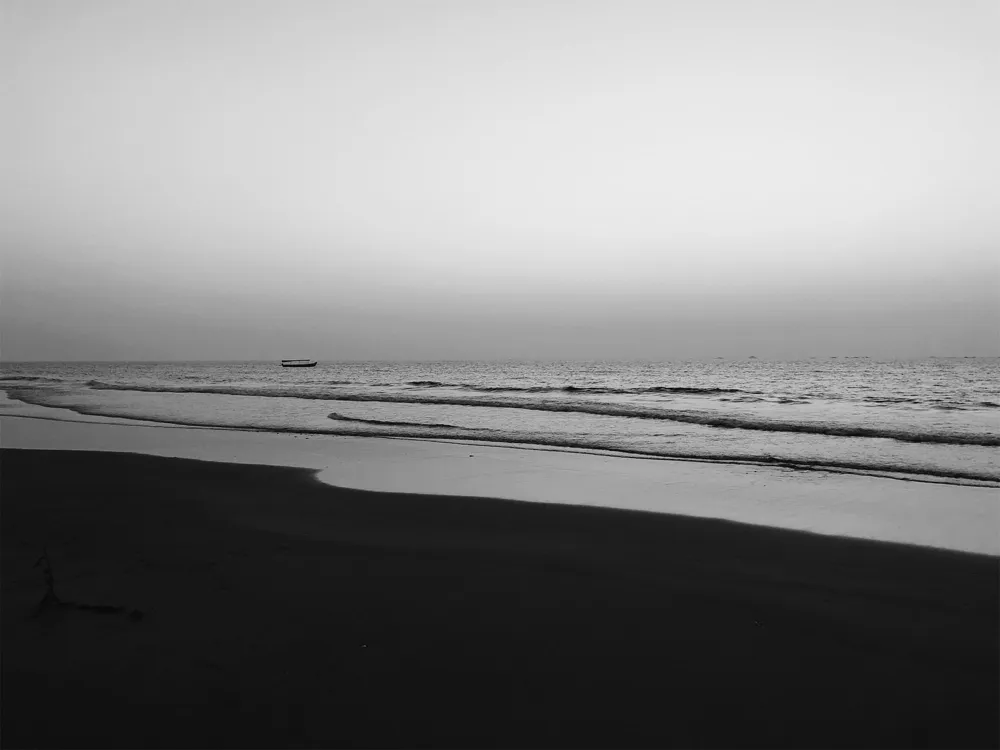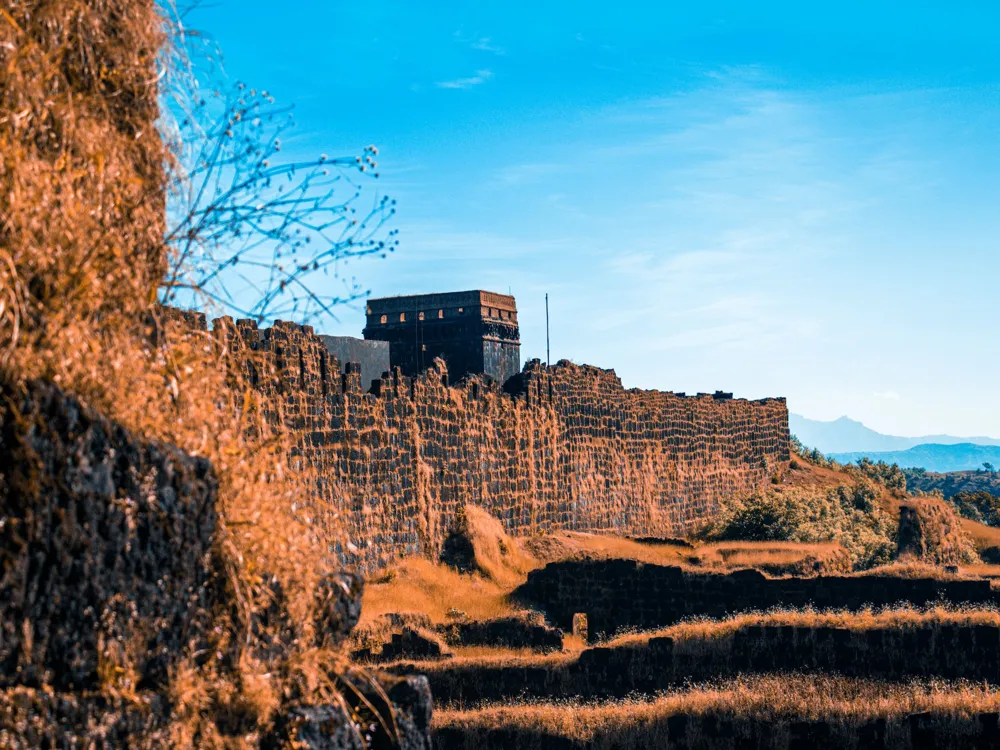Nestled in the serene landscapes of Goa, the Nanuz Fort stands as a testament to the region's rich history and architectural brilliance. This majestic fort, dating back several centuries, has been a silent spectator to various historical events and cultural shifts. Originally built by the Marathas, it was later occupied by the Portuguese, adding layers of historical significance and architectural styles. Today, the Nanuz Fort is not just a relic from the past but a symbol of the resilience and diversity that characterizes Goa. The fort's strategic location at the top of a hill offers breathtaking views of the surrounding countryside, making it a must-visit for history enthusiasts and nature lovers alike. Over the years, the fort has undergone several transformations, yet it has retained its original charm and grandeur. The fort's architecture is a unique blend of Goan and Portuguese influences, featuring sturdy laterite walls, expansive courtyards, and intricate carvings that speak volumes about the craftsmanship of the era. The journey through the fort is like a walk through time, with each corner unfolding a different chapter of history. The fort's ramparts, once used for defense, now provide a panoramic view of the lush greenery that Goa is famous for. Despite the passage of time, the Nanuz Fort continues to stand tall, embodying the spirit of Goa's past and the timeless beauty of its architecture. The Nanuz Fort is a remarkable example of architectural ingenuity, harmoniously blending elements from different eras and cultures. The fort's design reflects the strategic military thinking of the time, with features such as thick laterite walls, strategically placed watchtowers, and hidden passages. These elements were not only functional for defense purposes but also added to the aesthetic appeal of the structure. The influence of the Marathas is evident in the robust construction and simplistic style, while the Portuguese touch can be seen in the ornate detailing and the layout of the fort. The fort's architecture showcases a variety of techniques and materials, with laterite stone being the primary component. This locally sourced material not only gave the fort its distinctive reddish-brown hue but also ensured its durability over centuries. Inside the fort, the courtyards, with their wide open spaces, served as gathering places for the soldiers and officials. The remains of administrative buildings, barracks, and storage areas provide insights into the daily life within the fort. Intricate carvings on doorframes and windows add an artistic dimension, highlighting the cultural influences that the fort has witnessed. The fusion of different architectural styles at Nanuz Fort is a physical representation of the multicultural tapestry that is Goa, making it an invaluable piece of history and art. The ideal time to visit Nanuz Fort is from November to February, when the weather in Goa is pleasant, with cooler temperatures and low humidity. This period offers the perfect climate for exploring the outdoors and enjoying the scenic beauty of the fort and its surroundings. Visitors should carry water, sunscreen, and comfortable footwear for the trek to the fort. It's advisable to have a hat or cap for sun protection and a camera to capture the stunning views. Carrying a small backpack with essentials like snacks and a first-aid kit is also recommended. Opting for a guided tour can enrich the experience, as knowledgeable guides provide insights into the fort's history and architecture. They can also point out lesser-known facts and details that might be missed otherwise. Nanuz Fort is accessible by road from various parts of Goa. The nearest town is Valpoi, from where the fort is a short drive away. Visitors can hire taxis or use public transport from major cities like Panaji or Mapusa to reach Valpoi. For adventure enthusiasts, trekking to the fort from the base village is a popular option, offering an opportunity to experience the natural beauty of Goa's countryside. Read More: Overview of Nanuz Fort of Goa
Architecture of Nanuz Fort
Tips When Visiting Nanuz Fort
Best Time to Visit
What to Bring
Guided Tours
How To Reach Nanuz Fort
Nanuz Fort
Goa
NaN onwards
View goa Packages
Weather :
Tags : Forts & Palaces
Timings : 8:00 AM - 6:00 PM
Time Required : 1 - 2 hrs
Entry Fee : No Entry Fee
Planning a Trip? Ask Your Question
Goa Travel Packages
View All Packages For Goa
Top Hotel Collections for Goa

Private Pool

Luxury Hotels

5-Star Hotels

Pet Friendly
Top Hotels Near Goa
Other Top Ranking Places In Goa
View All Places To Visit In goa
View goa Packages
Weather :
Tags : Forts & Palaces
Timings : 8:00 AM - 6:00 PM
Time Required : 1 - 2 hrs
Entry Fee : No Entry Fee
Planning a Trip? Ask Your Question
Goa Travel Packages
View All Packages For Goa
Top Hotel Collections for Goa

Private Pool

Luxury Hotels

5-Star Hotels

Pet Friendly






















